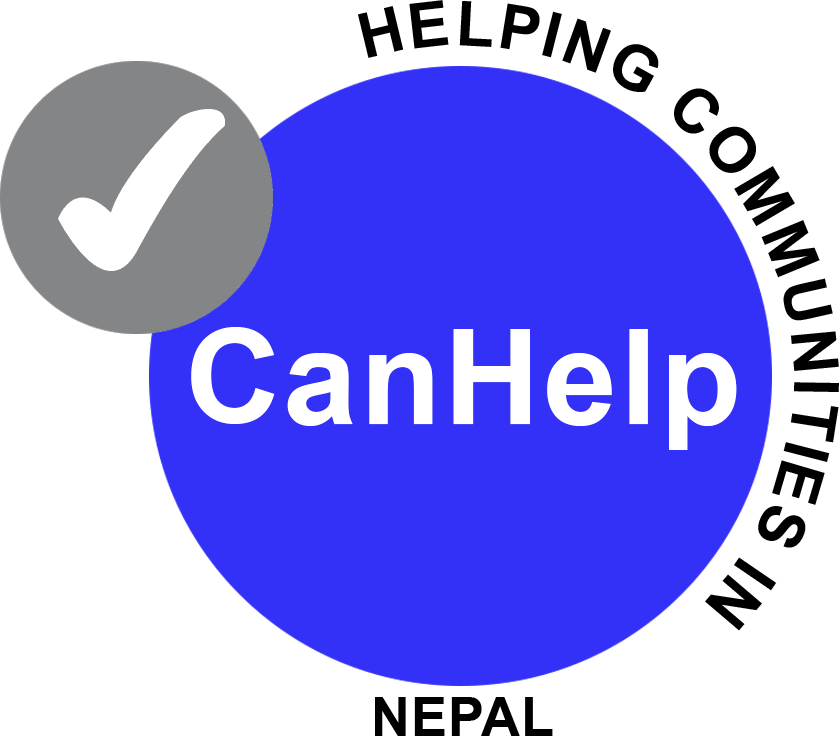A room’s layout is not virtually aesthetics ~ it can effect how the meetings will be conducted and the effectiveness of your people. That’s as to why there are a wide variety of meeting place formats, each with its have strengths and limitations.
The boardroom style is the most prevalent format and works well for agenda-focussed gatherings, video conferences and effort with remote attendees. It features a large table with seats around this, and can perfectly accommodate two dozen persons at once although still allowing for discussion and note-taking.
Another choice is the auditorium style, which usually places a variety of rows of seating before a stage or perhaps screen. This allows a lot of individuals to attend all together, but it does not encourage two-way knowledge sharing and can be tough for attendees to find the presenter plainly.
An alternative to these setups is the hollow rectangular, which includes four furniture forming a closed sq . or rectangle www.boardroomcenter.com/board-software-characteristics-to-compare with an empty space in the middle. This kind of works well for a little bit smaller groups — say 20 or a lot less – since it allows for convenient group communication and a moderator or perhaps facilitator to move between the information easily to facilitate discussions.
There are also just a few classroom-inspired measures that are not suited to fun consultations, such as the chevron layout, which keeps all of the chairs facing ahead yet removes the tables. Although it can maximize seating capacity, the chevron format makes it difficult for attendees to consider notes or perhaps use their particular devices and can also minimize line of eye-sight.



